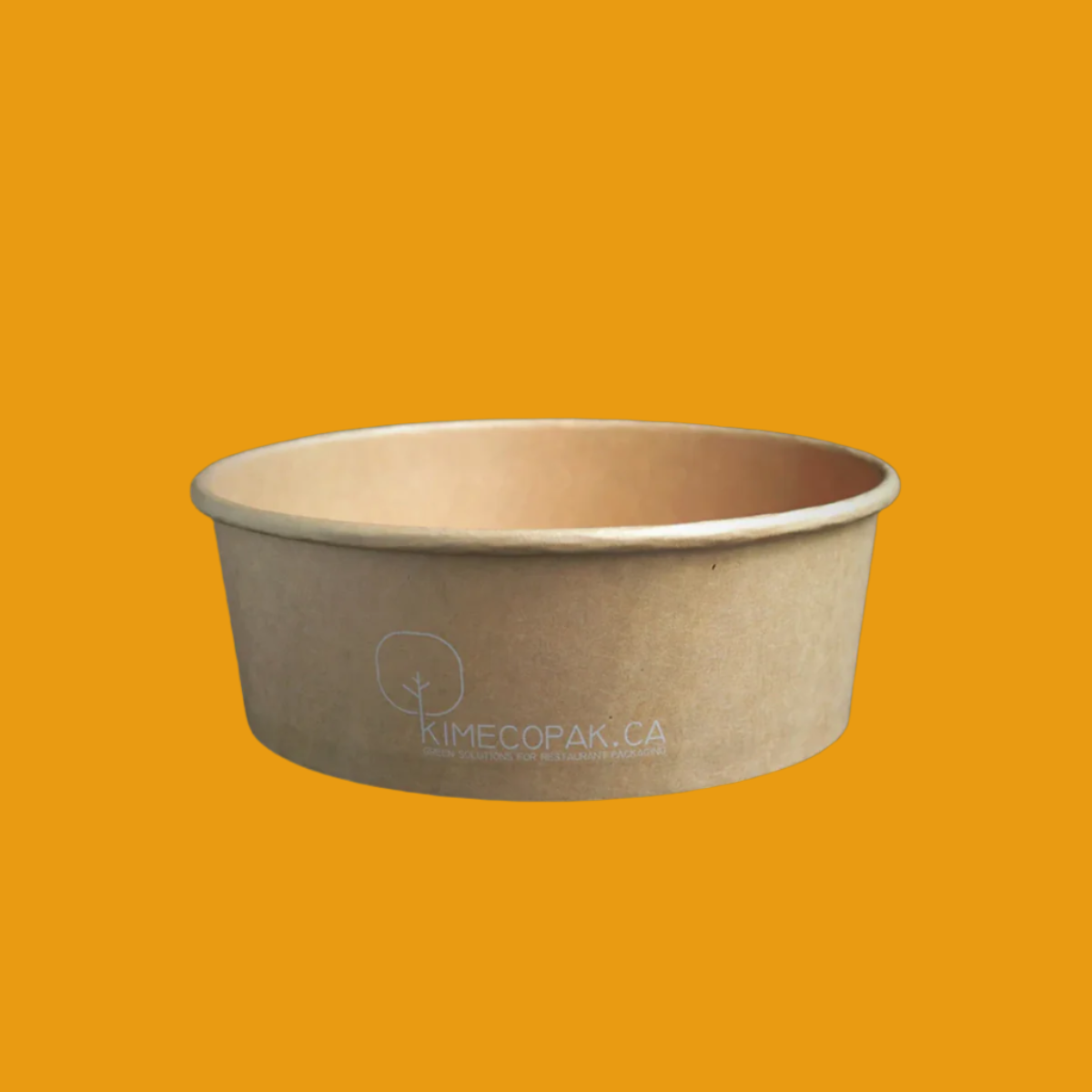The global tea market is projected to surpass $100 billion by 2030, fueled by the rising demand for wellness products, premium blends, and artisanal experiences. If you’re looking for a scalable, passion-driven venture, learning how to start a tea business might be your next strategic move. This comprehensive guide walks you through every step: from brainstorming ideas to calculating costs, building your brand, and achieving profitability.
-
Bubble Tea Equipment Checklist: What You Need to Start Your Shop Right
-
Experience in designing tea packaging helps increase product brand value
Tea Business Ideas That Work in 2025

Before diving into logistics, choose a business model that aligns with your budget, skills, and target audience. Here are some profitable tea business ideas to inspire you:
a. Online Tea Store
Sell loose-leaf teas, blends, or herbal infusions via your own website. This model offers high margins, especially if you develop a strong brand and niche (e.g., Ayurvedic teas, organic teas, tea for sleep).
b. Tea Subscription Box
Curate monthly boxes that offer variety and storytelling. This builds customer loyalty and recurring revenue.
c. Bubble Tea Shop (Boba)
Still booming in North America, bubble tea attracts younger consumers and thrives in urban settings. Add customization, toppings, or seasonal drinks to stand out.
d. Tea Café or Lounge
Focus on the experience serve tea flights, snacks, and create a cozy space for tea lovers. This requires more capital but can position you as a premium brand.
e. Mobile Tea Cart
Lower entry cost, perfect for festivals, farmers’ markets, and events. Portable yet profitable with the right concept.
How to Create a Winning Tea Business Plan

No matter your idea, a structured tea business plan is essential for success. Here’s what it must include:
a. Executive Summary
Summarize your mission, concept, and unique selling points. What kind of tea are you selling? Who’s your customer?
b. Market Research
Analyze competitors, identify gaps in the market, and understand customer preferences (e.g., health-conscious, vegan, premium seekers).
c. Product Strategy
List your teas, packaging formats (loose leaf, pyramid bags, bottled), sourcing (local farms, international suppliers), and brand positioning.
d. Sales & Marketing Plan
- E-commerce strategy (SEO, email marketing, influencer partnerships)
- In-store promotions (if brick-and-mortar)
- Sampling campaigns or pop-up events
e. Operations Plan
- Licensing, food safety compliance
- Supplier logistics
- Fulfillment and shipping partners
- Inventory management tools
f. Financial Plan
- Initial budget
- Revenue streams
- Break-even projection
- 12–24 month profit forecast
How Much Does It Cost to Start a Tea Business?
Wondering how much does it cost to start a tea business? It depends on your model. Here’s a cost estimate:
| Business Type | Estimated Cost |
|---|---|
| Online store (home-based) | $2,000–$10,000 |
| Tea café (brick-and-mortar) | $50,000–$150,000 |
| Bubble tea shop | $30,000–$100,000 |
| Mobile tea cart | $5,000–$25,000 |
Key cost categories:
- Tea inventory: $1,000–$5,000
- Packaging & labeling: $500–$3,000
- Website development: $500–$2,000
- Licensing & permits: Varies by region
- Marketing launch budget: At least $1,000–$5,000
- Equipment: Kettles, sealing machines, POS system, carts
Start lean. Use dropshipping or small-batch sourcing until your customer base grows.

Is Tea Business Profitable in 2025?
Short answer: Yes. But is tea business profitable long-term? That depends on how well you manage three pillars: margins, scalability, and branding.
a. Profit Drivers:
- Low COGS (Cost of Goods Sold): Loose-leaf tea bought in bulk is inexpensive
- Premium pricing potential: Health/wellness positioning supports higher retail prices
- Diverse income streams: Retail, wholesale, online, B2B gifting
b. Challenges:
- Competing with commodity tea brands
- Educating consumers on the value of premium tea
- Logistics & inventory management
With the right product-market fit, tea businesses can become highly lucrative, especially with recurring revenue from subscriptions or B2B accounts.

Understanding Tea Business Profit Margin
The tea business profit margin depends on product type and sales channel. Here’s a breakdown:
| Product | Profit Margin Range |
|---|---|
| Loose-leaf tea (DTC) | 50%–70% |
| Bottled ready-to-drink tea | 30%–40% |
| Bubble tea drink (retail) | 60%–80% |
| Subscription box | 40%–60% |
| Wholesale | 20%–30% |
Tips to Maximize Margin:
- Buy directly from origin farms to eliminate middlemen
- Use eco-friendly yet cost-effective packaging
- Focus on DTC (direct-to-consumer) with branding, not commodity selling
- Upsell accessories like teapots, cups, or tea infusers
Branding and storytelling help justify higher price points and build loyal communities.
Legal & Compliance Checklist
To launch a compliant tea business in North America, ensure you have:
- Business registration
- Food handling certifications (e.g., CFIA in Canada, FDA in the U.S.)
- Product labeling requirements (nutrition facts, allergens)
- Import permits (if sourcing from overseas)
- Sales tax registration (GST/HST or state-specific)
Working with a food business lawyer can save you from costly compliance issues down the line.
Marketing Your Tea Brand

No business survives without visibility. Develop a tea-focused brand story that resonates. Then execute across digital and physical touchpoints:
Online Marketing:
- SEO blog content (e.g., “best teas for digestion”)
- Social media storytelling (Instagram, TikTok, Pinterest)
- Influencer partnerships with health or cultural creators
- Email newsletter with brewing tips, stories, offers
Offline Marketing:
- Tea tastings at local markets
- Retail pop-ups in wellness stores
- Collaborations with yoga studios or spas
Build a tribe, not just a customer base.
Conclusion
Learning how to start a tea business is the first step toward building a purpose-driven brand in a thriving global market. Whether you’re creating small-batch blends or opening a modern tea bar, success hinges on your planning, creativity, and commitment to quality. Focus on market fit, solid margins, and building a loyal customer base. With the right strategy, your tea business can become both a rewarding venture and a profitable legacy.









